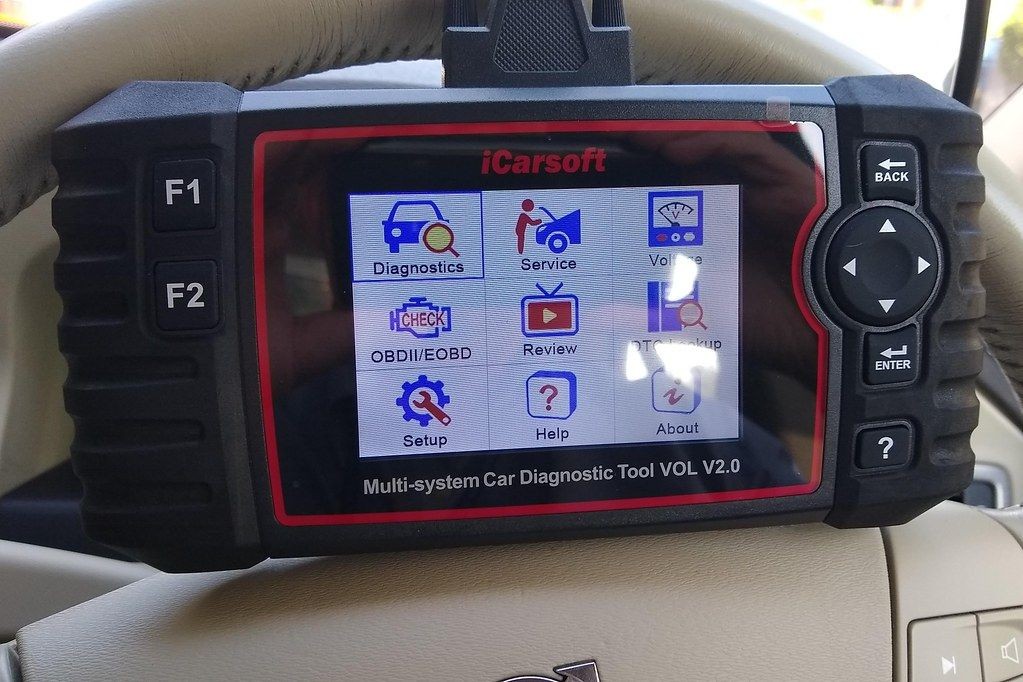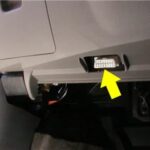An OBD2 scanner is an essential tool for understanding and diagnosing car problems. This guide provides a step-by-step walkthrough on how to use an OBD2 code scanner, from connecting it to your car to interpreting the results. Learning to use this tool can save you time and money on car repairs.
Source: Flickr / comedy_nose
Connecting the OBD2 Scanner
The first step is locating your car’s OBD2 port. This is typically found under the steering wheel or within the center console, often hidden by a plastic cover.
Source: carVertical
Once located, plug the OBD2 scanner into the port. If using a wireless Bluetooth scanner, ensure it’s paired with your smartphone.
Preparing Your Car for Scanning
Before scanning, turn the ignition on without starting the engine. While some vehicles allow scanning with the engine running, having it off minimizes electrical interference. It’s also recommended to turn off accessories like headlights, the radio, and the AC.
Vehicle Selection and Scan Initiation
Most modern OBD2 scanners automatically detect your car’s make, model, and specifications using the VIN. If not, you can manually input this information. This step ensures the scanner correctly interprets the data from your car’s control units. After vehicle selection, initiate a scan. You can often choose to scan all systems or select specific ones.
Source: Flickr / shixart1985
Understanding OBD2 Fault Codes
The scanner will display fault codes, which are alphanumeric codes corresponding to specific issues. These codes are the reason for warning lights on your dashboard. Some codes are straightforward, clearly indicating the problem. For example, a code related to a wheel speed sensor likely means that sensor needs replacing.
However, other codes can be more complex. A code indicating a “lean system” could stem from various problems like a clogged fuel filter, failing fuel pump, or a vacuum leak. Further diagnosis is often required.
Utilizing Live Data for Diagnosis
Many OBD2 scanners can display live data from your car’s sensors, providing real-time information on engine performance. This data is invaluable for diagnosing issues. For instance, if your car lacks power, live data on fuel pressure, boost pressure, and airflow can pinpoint the source of the problem.
Clearing Fault Codes
After repairs, you can use the OBD2 scanner to clear the fault codes. Rescanning confirms the fix. Remember, clearing codes doesn’t solve the problem; it simply removes the code from the system’s memory.
OBD2 Scanners and Used Car Purchases
Using an OBD2 scanner when buying a used car can reveal hidden problems. Scanning for codes before purchasing can provide valuable insights into the car’s condition and potentially save you from costly repairs down the road.
Conclusion
Understanding how to use an OBD2 code scanner empowers you to diagnose car problems and make informed repair decisions. While interpreting codes may require further research, the scanner provides a crucial starting point for troubleshooting. For complex issues, consulting a professional mechanic is always recommended.


